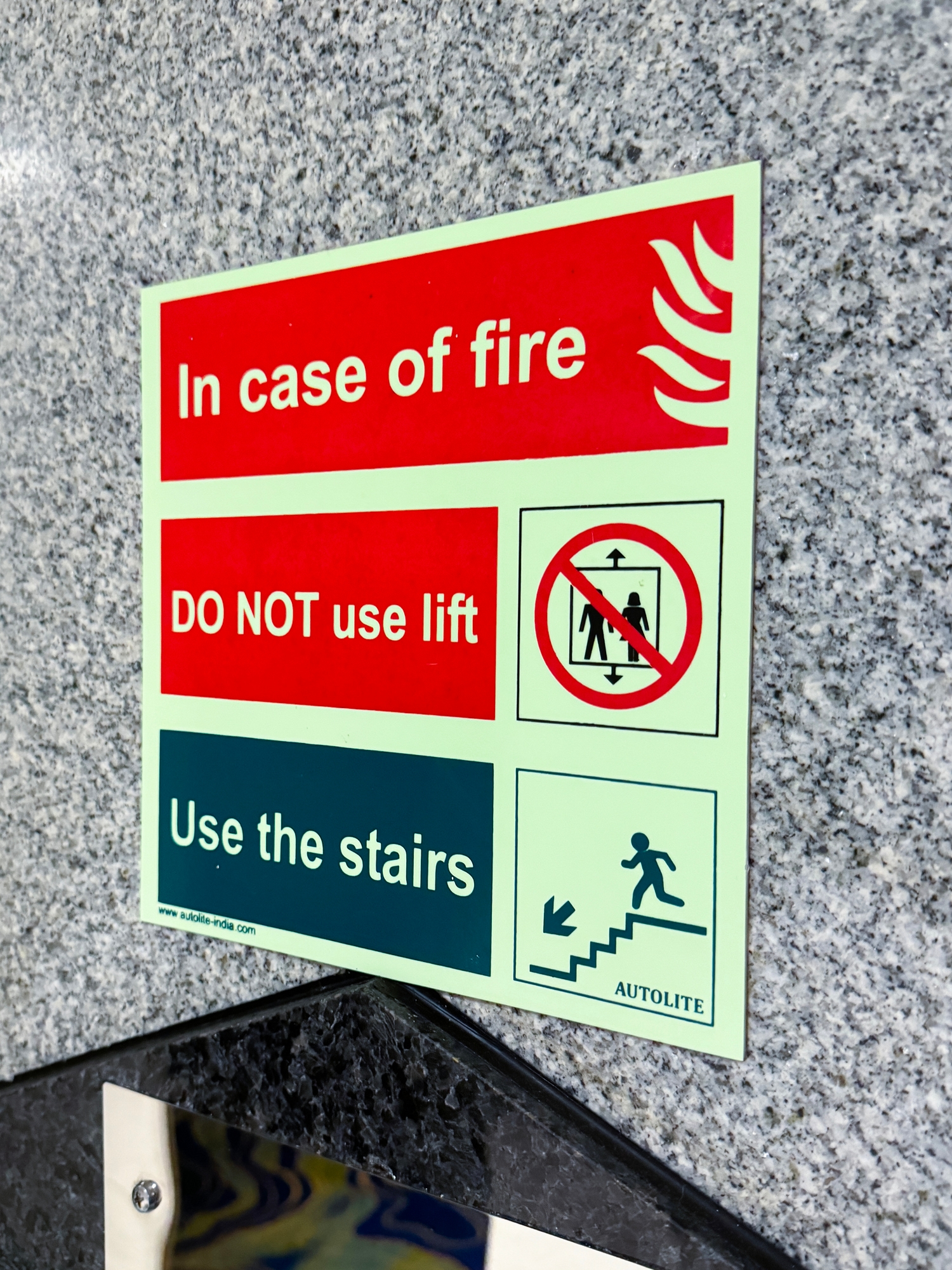Let a Lift Save a Life: Enhancing Emergency Evacuation Strategies

An emergency situation quickly creates the need for swift, yet considered, action on the part of facilities and premises managers in order to ensure all employees and on-site visitors are safely and rapidly ushered out of multi-storey buildings. Evacuation lifts are frequently first choice for quickly evacuating persons from a tall building but it’s important to understand when to use them, key lift information, lift limitations and what options are available for everyone to evacuate safely, including those who may be mobility impaired.
An emergency evacuation may be prompted by a fire, explosion, chemical or biological attack, flooding, storm damage or earthquake. Some situations may make it difficult or impossible for building occupants to safely exit via the stairs which would then require use of the lift for a speedy descent to ground floor levels.
When should the lift be used?
The decision to make use of the lift or not may be determined by a number of factors. A first consideration should be the location of the fire epicentre, specifically, is it contained in your building or in another building farther from the local vicinity? If the fire is identified within your building, the evacuation situation becomes dynamic whereas clearance times and emergency escape plan methods can be more flexible in an emergency where the fire is nearby and not directly centred in your building. A fire escape plan should be created and revisited by management to ensure that alternative strategies can be used, such as using the stairs for an evacuation path, depending on whether the fire is fast or slow spreading and whether smoke is contained.
Secondly, how many persons are expected to enter the lift and how many of those boarding are wheelchair users? Consideration of the maximum payload of the lift car is crucial as it will indicate how many persons can be extracted in a single lift trip and may determine the methods needed for safe evacuation of everyone on each floor of the building.
Modern buildings, with large numbers of occupants, will probably have a sophisticated Building Management System (BMS) in place which is capable of communicating data to the Building Management. The BMS will be designed for the needs of the building and should have a strategy in place for dealing with phased evacuation, and prioritising those with walking difficulties which may involve relaying from one lift system to another thereby leaving the express lifts for the Fire Service.

Key facts to know about evacuation lifts
In buildings which have an evacuation lift, this lift must:
1. Be clearly identified
2. Be situated within a protected area
3. Have at least 2 hours fire resistance for lift doors and surrounding area
4. Have independent switch controls
5. Have a primary and exclusive power supply
6. Have at least 2 hours fire rated electrical supply and electrically operated apparatus
7. Have at least a 400kgs load capacity
8. Have a good communication system for both the occupant in the lift and outside.
9. Must be able to pass through a hazard zone e.g. smoke and high temperatures
Lift limitations
It is important to consider that there will be certain types of emergencies where lift evacuation would be inappropriate. One instance may be where there is a gas escape, which is highly combustible, or during a biological gas attack which could spread due to windage. Lifts in some buildings may be affected by misalignment due to impact, high winds, or water erosion.
Additionally, less complex buildings may only have one lift which might be for general use only and not designated for evacuation or as a fire proof lift. In that case, the warning “In the Event of Fire Do Not Use Lift” remains the best and only advice. Facilities and premises managers for which this scenario is a reality should be prepared with additional escape routes to guarantee that everyone, including those with varying levels of mobility, can evacuate safely and rapidly.

Safety for all even when a lift is unavailable
If lifts are not an available escape choice, all is not lost and other safe exit solutions can be used that are appropriate for everyone including employees with mobility concerns.
With walking speeds of 0.82 meters per second, most 10 storey buildings can be evacuated in under 3 minutes. Evac+Chair International, which has been a leader in specialist evacuation equipment for the mobility impaired for over twenty years, provides evacuation chairs which make it possible for those with mobility issues including women in the final stages of pregnancy, elderly and those with heart conditions to safely exit during emergencies.
Evacuating from the 20th floor of a building using an Evac+Chair emergency evacuation chair will only take five minutes which helps building managers comply with evacuation legislation for all workers’ safe egress.
Conclusion
There is no doubt that very tall buildings require new, intelligent means of escape, such as a lift, but for the vast majority of the population who work or visit buildings of 20 floors or less, or have a single lift service, use of the stairs will remain the best route to safety. Emergency evacuation equipment such as evacuation chairs should also be considered as a key component in regularly-updated escape plans as these products successfully help those employees with mobility concerns evacuate easily and safely.
